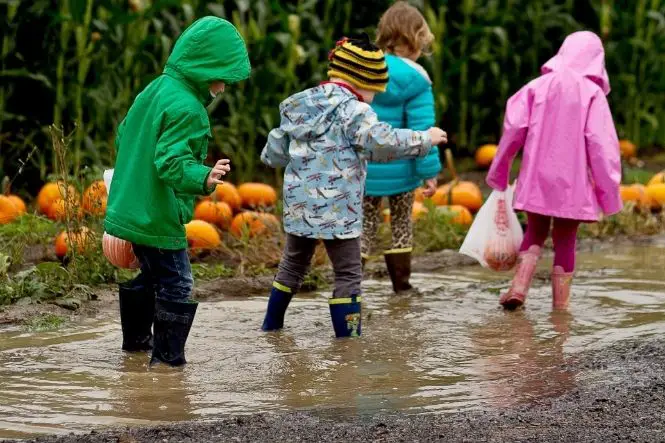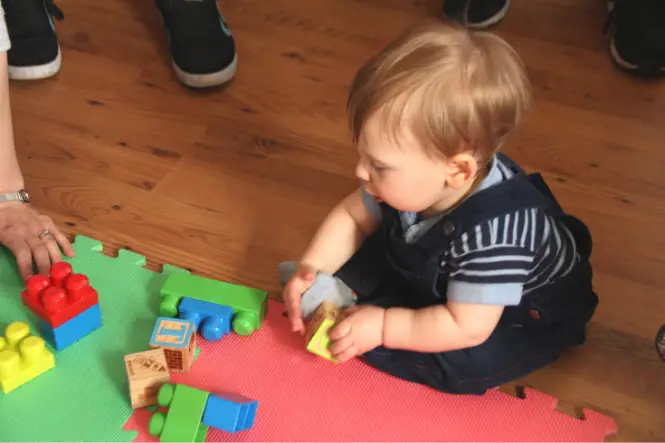Trampolines are great fun for children, and a good form of exercise, but accidents involving trampolines are common. If you want your children to enjoy the fun of trampolining, take note of these safety issues.
Garden trampolines are increasingly popular, especially with children aged five to 13. But research published in the journal Injury Prevention in 2006 found that trampoline-related breaks accounted for over one in 10 childhood fractures. This backs up research by the Royal Society for the Prevention of Accidents (RoSPA), which found that 11,500 people in the UK went to hospital after a trampoline-related accident in 2002 – an increase of over 50% over a five-year period.
About 75% of injuries occur when more than one person is on the trampoline, with the person who weighs less five times more likely to be injured. Under six-year-olds are particularly vulnerable too, and should only use trampolines that are specially designed for their age range. Head and neck injuries are the most serious, but injuries can occur to various parts of the body.
Buying a Trampoline
When you’re buying a trampoline, look closely at the different models available. As yet, there’s no British Manufacturing Standard for domestic, home and garden trampolines, but if you’re purchasing a commercial model it should meet BS EN 13219: 2001.
Models with safety pads that cover all the springs, hooks and the frame are ideal, although you can buy safety pads to put over them. Some models have safety nets as part of the design – the net goes around the edge of the trampoline, like a netting cage, and ensures your child doesn’t fall off. However, you can buy nets and safety cages separately, so you can easily add this feature.
Choosing Where to Put the Trampoline
Trampolines won’t fit everywhere, so it’s important to carefully consider where you’ll put it and what surface it should be on.
- Find a clear area where there are no potential hazards, such as fences, hedges, trees, washing lines or other equipment.
- Ideally you should place the trampoline on a soft energy absorbing ground. This means a lawn that’s soft and springy, sand, bark or other materials that produce a cushioning effect.
- Don’t put the trampoline on concrete or hard mud without having safety netting or crash mats in place.
- A ‘safe fall zone’ of at least 2.5 metres should be around the outside of the trampoline, so keep this area clear.
- Keep toys, bikes and skateboards away from the trampoline.
Using the Trampoline
Now you’ve got the trampoline safely installed, it’s time to use it!
- Before and after each use, check there are no holes or damage to the frame, and that the leg braces are locked in place.
- Ensure your children know the risks of not using the trampoline properly.
- Set some simple rules so everyone knows what they should and shouldn’t be doing – always bounce in the middle, never jump off, stand back when someone else is using it and never go under the trampoline when it’s in use.
- Remove all jewellery, watches, necklaces or clothing that could catch.
- Don’t have more than one person on at once.
- Always keep a watch on children using a trampoline.
- Don’t allow somersaults – they may seem fun, but if you want to do that, it’s best to go to an organised club.
- Don’t allow bouncing as a way of exiting trampoline.
- Only let children aged under six to use trampolines designed for their age.
- Avoid using a ladder with the trampoline (e.g. for children to climb up onto it).
For more information on Choosing The Right Trampoline, watch our video on this site.




